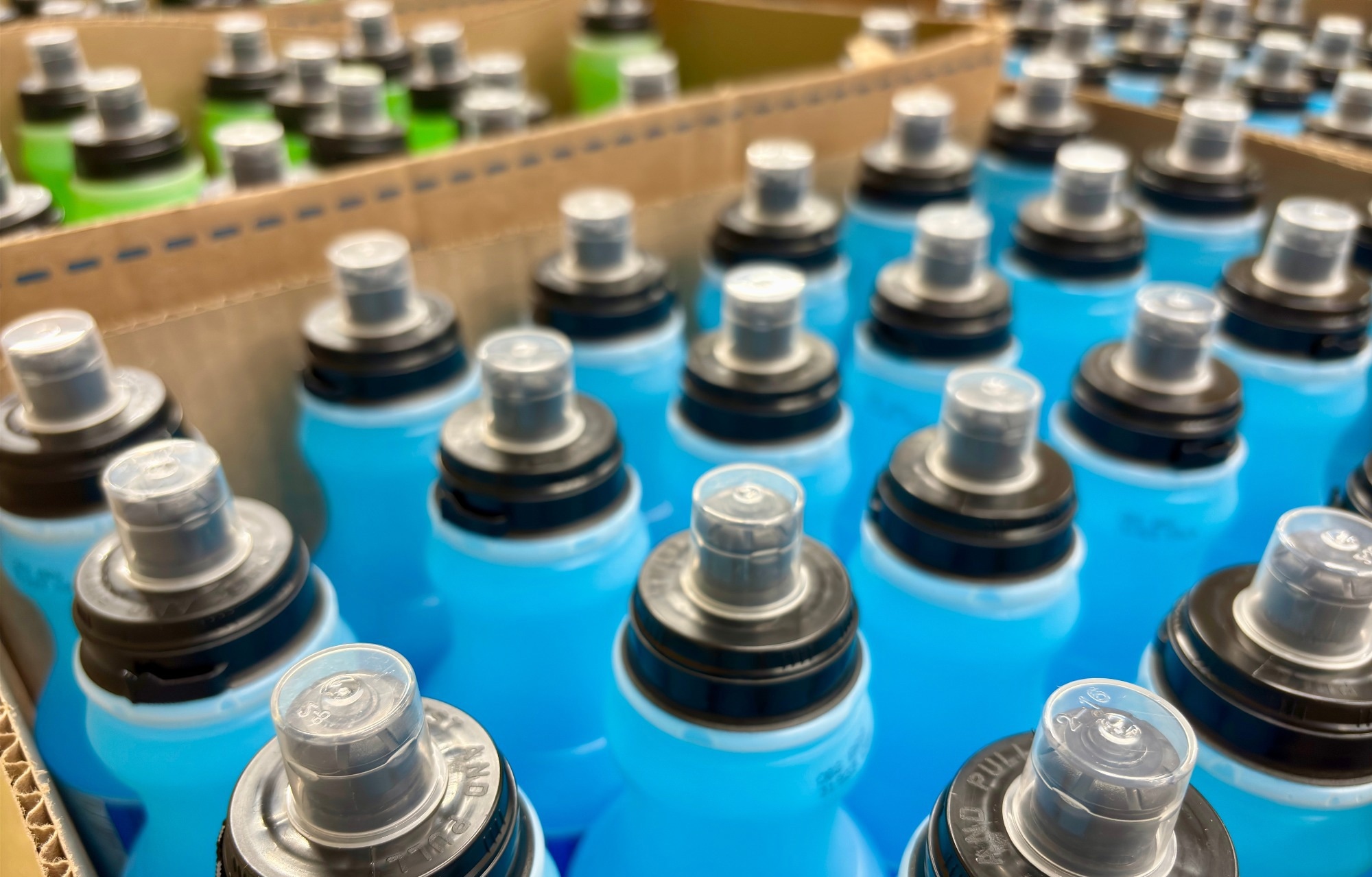A sweeping analysis of nearly 40,000 US packaged foods reveals that synthetic dyes, particularly Red No. 40, are prevalent, often found in sugary products, and heavily concentrated in child-targeted items, raising urgent concerns for policy reform and increased parental awareness.

Study: All the Colors of the Rainbow: Synthetic Dyes in US Packaged Foods and Beverages in 2020. Image Credit: Cavan-Images / Shutterstock
In a recent study in the Journal of the Academy of Nutrition and Dietetics, researchers conducted a cross-sectional analysis of nearly 40,000 packaged products across the US to characterize the prevalence of synthetic food dyes and their nutritional profiles.
Study findings revealed that 19% of all evaluated products contained at least one synthetic dye, representing $46.8 billion in annual sales. Products containing synthetic dyes had significantly higher sugar content, approximately 141% more total sugar than those without synthetic dyes. Furthermore, foods commonly marketed to children were more than twice as likely to include these dyes as those targeted at a broader consumer base, underscoring a public health concern that warrants policy attention.
Background
Added food colorings have become a ubiquitous part of the modern food system, used to enhance the visual appeal of products and compensate for natural color loss during processing. While many of these colorings are derived from natural sources, a specific class of chemically synthesized dyes has been a subject of scientific debate for over 40 years.
Decades of research have raised concerns about the safety of the seven FDA-approved synthetic food dyes (e.g., Red 40, Yellow 5, and Blue 1), with some studies suggesting associations between these dyes and neurobehavioral problems, such as hyperactivity, in some children.
Intriguingly, despite these growing concerns, the prevalence of these dyes in the US food supply and their nutritional profile has not been comprehensively documented. Understanding which products contain these additives and their potential physiological impacts is a critical first step for policymakers and parents seeking to improve children's health outcomes.
About the study
The present study aims to partially address the aforementioned need by providing the most comprehensive analysis of the prevalence of synthetic dyes within the American food system. The study employed a cross-sectional design and aimed to leverage ingredient data from Label Insight and 2020 retail sales data from Euromonitor International for nearly 40,000 packaged products to investigate the prevalence and nutritional characteristics of products containing synthetic dyes.
Study data was obtained from Label Insight, a NielsenIQ company that maintains a database monitoring and documenting over 80% of the US food market. Euromonitor data were used to estimate retail sales figures for these products. The database was used to identify and catalogue all ingredients and sales data from the top 25 US food manufacturers in 2020 for their packaged food and beverage products.
Study analyses were conducted for each unique product, including: 1. Dye identification, 2. Nutritional analysis, and 3. Targeted marketing to children. While dye identification and nutritional analysis required a thorough review of products' ingredient lists, proportions of products commonly marketed to children (confectionery, sugar-sweetened beverages, ready meals, breakfast cereals, and pastries) were used as a proxy indicator for targeted marketing to children.
Study findings
The present study revealed a high prevalence of synthetic dyes in the US food landscape, with approximately one in five (19%) of all analyzed products (n = 39,763 unique products) found to contain at least one synthetic dye. These products were estimated to account for $46.8 billion in consumer purchases in 2020.
Subgroup analysis revealed that FD&C Red No. 40 was the most used synthetic dye (~14% of all products). Nutrient analysis demonstrated that products with synthetic dyes contained, on average, 141% more total sugar than dye-free products (33.3 g/100g vs. 13.8 g/100g, P < .001). These differences were particularly notable in baked goods and breakfast cereals.
However, the study also found that, overall, products with synthetic dyes had slightly lower levels of sodium and saturated fat, although in some child-marketed categories these nutrients were higher. Additionally, 14% of dyed products contained more than one synthetic dye, with some products containing up to seven dyes.
The study highlighted a disproportionately high concentration of synthetic dyes in products aimed at younger consumers. Foods and beverages in the top five categories marketed to children were more than twice as likely to contain synthetic dyes compared to all other products (28% vs. 11%, respectively). Among products that contained synthetic dyes, those marketed to children contained 264% more sugar than dyed products in other categories (42.6 g/100g vs. 11.7 g/100g, P < .001).
The authors also noted substantial variability between companies in their use of synthetic dyes, suggesting that reformulation is feasible and already occurring in parts of the market.
Conclusions
The present study highlights the substantial prevalence of synthetic dyes (particularly FD&C Red No. 40) in the American diet, emphasizing their association with higher sugar content and the heightened nutritional concerns in products marketed to children. It also reveals broader patterns in nutrient profiles and industry variation that have important implications for regulation.
It underscores these products as a significant public health concern and provides a robust evidence base for policymakers considering regulatory action, such as warning labels (used in the European Union) or outright bans on certain dyes. For example, California banned the use of Red No. 3 in all foods in 2023, and the US FDA has announced a nationwide ban by 2027.
This research establishes that synthetic food dyes are not just an aesthetic choice, but a fundamental component of America's food environment that disproportionately exposes children to products of low nutritional value, with potential risks to both their physical and neurobehavioral health.
Journal reference:
- Dunford, E. K., Galligan, T. M., Taillie, L. S., & Musicus, A. A. (2025). All the Colors of the Rainbow: Synthetic Dyes in US Packaged Foods and Beverages in 2020. Journal of the Academy of Nutrition and Dietetics, 125(9), 1207–1217.e9. DOI – 10.1016/j.jand.2025.05.007, https://www.sciencedirect.com/science/article/pii/S2212267225001662